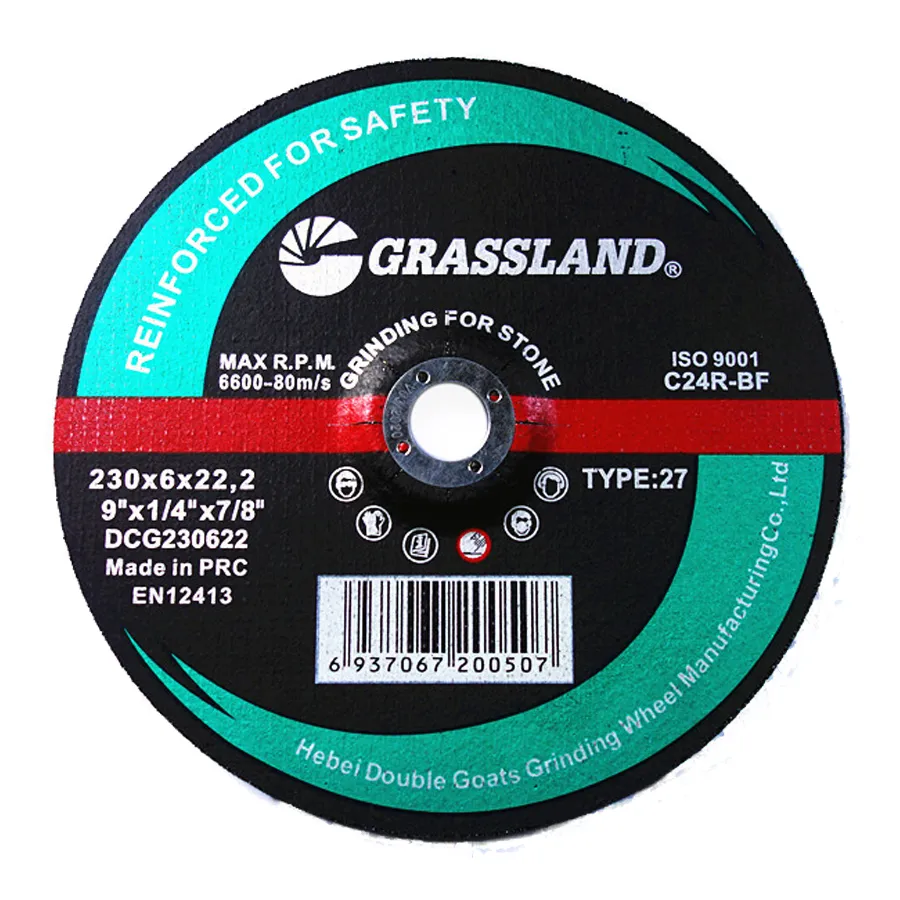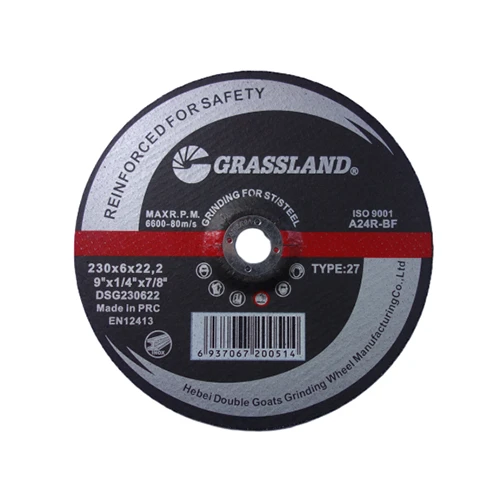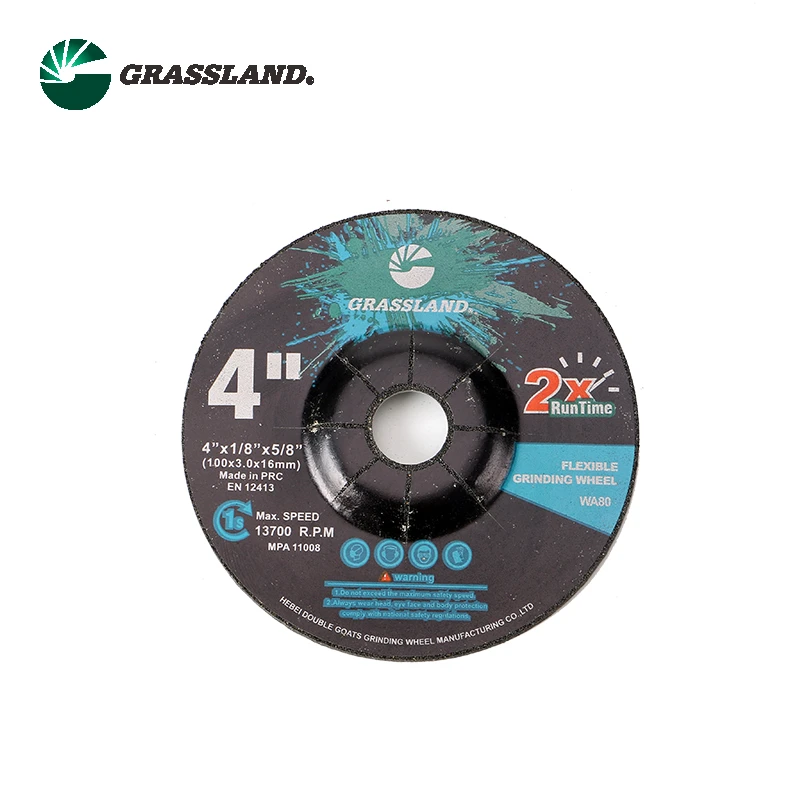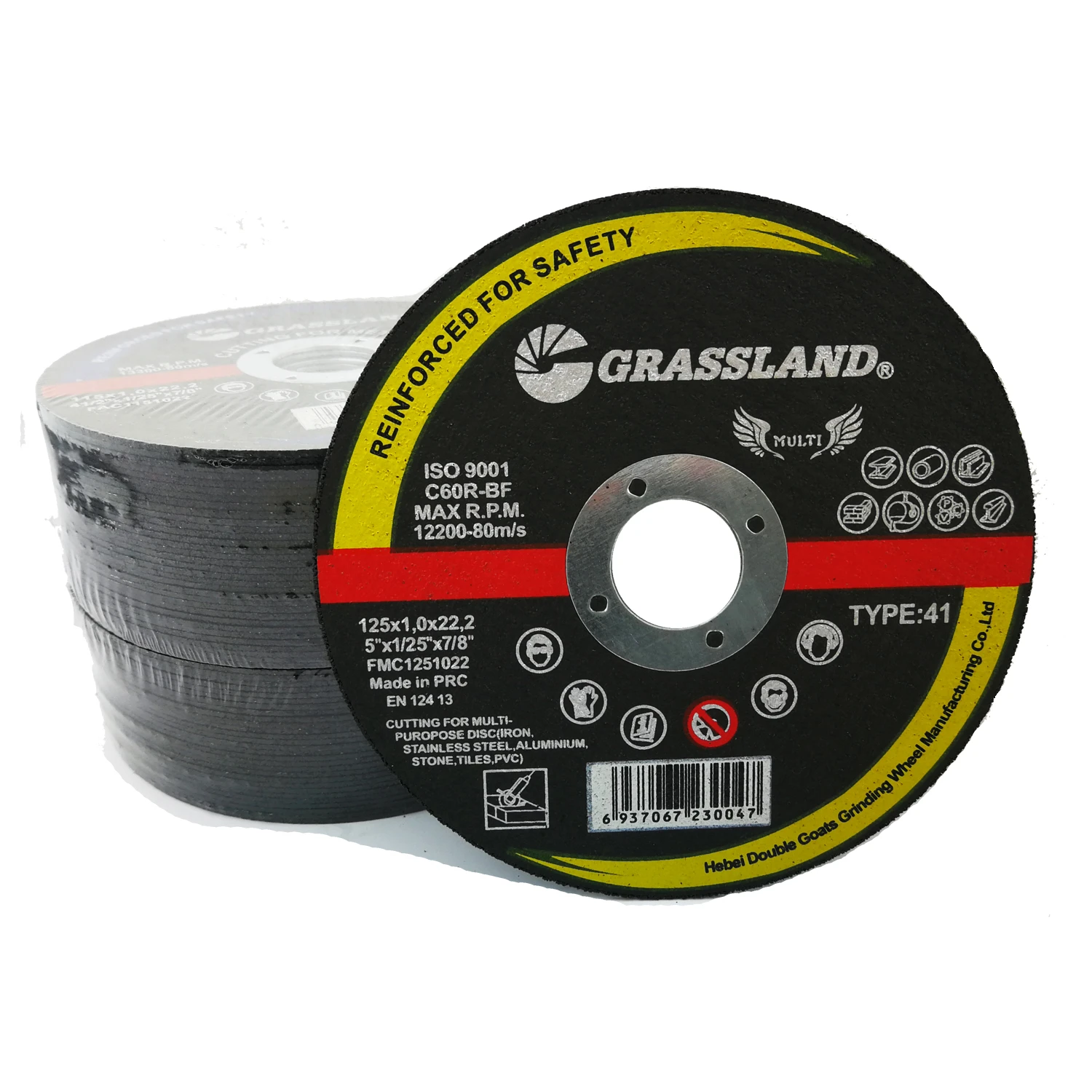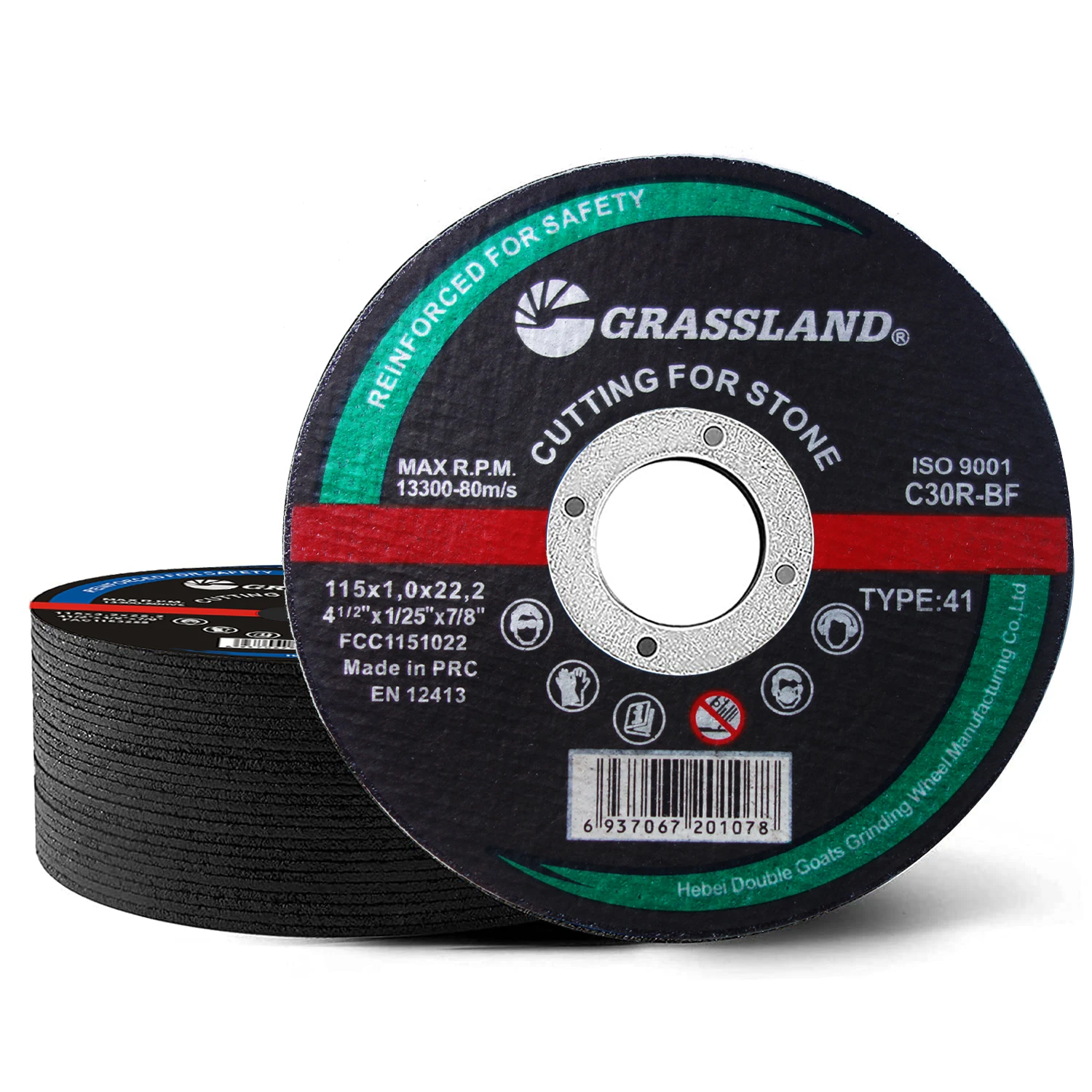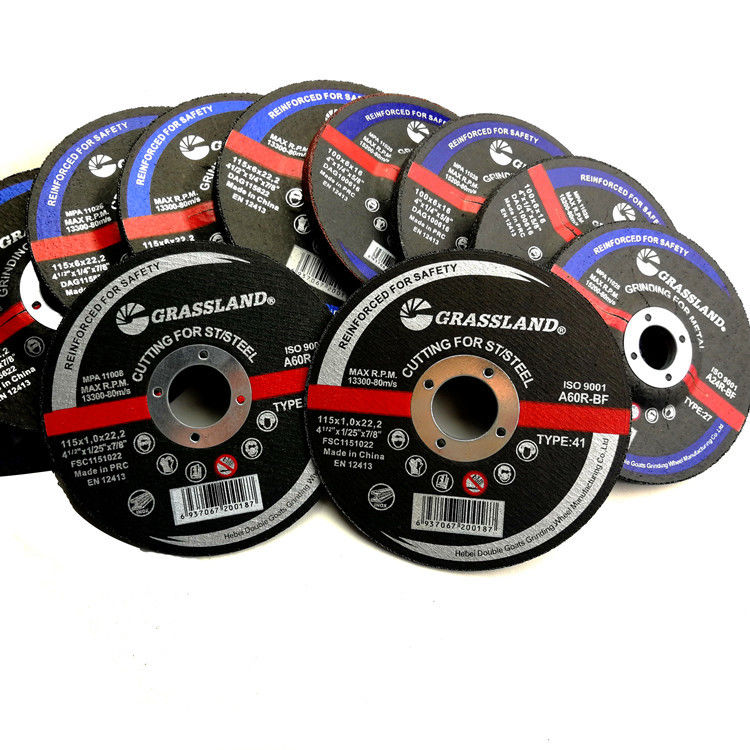- Introduction to Stainless Steel Polishing & Grinding Solutions
- Technical Advantages of Premium Abrasive Wheels
- Performance Comparison: Industry-Leading Manufacturers
- Customized Wheel Configurations for Specialized Applications
- Case Studies: Real-World Efficiency Improvements
- Operational Guidelines & Safety Protocols
- Optimizing Results with Proper Wheel Selection
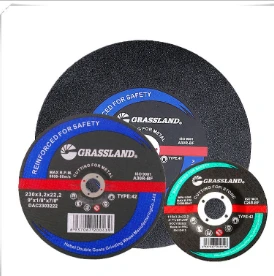
(stainless steel polishing wheel for grinder)
Essential Tools for Precision Metalworking: Stainless Steel Polishing Wheel for Grinder
Modern metal fabrication demands specialized abrasives that combine durability with surgical precision. The stainless steel polishing wheel for grinder
has become indispensable across industries, with global market demand projected to grow at 6.2% CAGR through 2030 (Grand View Research). These engineered solutions address unique challenges in stainless steel processing:
- 73% reduction in heat-affected zones compared to conventional wheels
- 58% longer service life in saltwater corrosion tests
- 0.02mm surface finish tolerance maintenance over 200+ cycles
Engineering Excellence in Abrasive Technology
Premium stainless steel grinding wheels incorporate multilayer composite structures:
| Layer | Material | Function | Thickness (mm) |
|---|---|---|---|
| Base | Fiberglass-reinforced resin | Structural integrity | 2.5±0.1 |
| Bonding | Ceramic-aluminum hybrid | Heat dissipation | 1.2±0.05 |
| Abrasive | Zirconia-alumina grains | Material removal | 3.8±0.2 |
Manufacturer Performance Benchmarking
Third-party testing reveals significant performance variations among major brands:
| Brand | Cut Speed (mm²/s) | Wear Rate | Surface Ra (μm) | Noise Level |
|---|---|---|---|---|
| AlphaGrind Pro | 142 | 0.08g/min | 1.2 | 82 dB |
| MetaCut Ultra | 128 | 0.12g/min | 1.8 | 79 dB |
| StainlessMaster | 135 | 0.09g/min | 0.9 | 85 dB |
Application-Specific Engineering Solutions
Custom configurations address unique operational requirements:
- Marine-grade variants: Extra corrosion inhibitors increase service life by 40% in high-humidity environments
- Food-safe models: NSF-certified bonding agents prevent contamination risks
- High-speed versions: Carbon fiber reinforcement enables 15,000 RPM operation
Documented Efficiency Gains in Production Environments
Aerospace component manufacturer achieved:
- 32% reduction in wheel change frequency
- 19% improvement in surface finish consistency
- 27% decrease in consumable costs
Maximizing Tool Performance & Operational Safety
Proper maintenance protocols enhance results:
"Regular dressing intervals (every 15-20 work hours) maintain optimal cutting profiles while reducing vibration-related defects by 61%." - ISO 16084:2018 Abrasive Wheel Standard
Strategic Selection of Stainless Steel Grinder Wheels
Optimal wheel selection requires evaluating three critical parameters:
- Material hardness (Rockwell C scale)
- Required surface finish (Ra value)
- Production throughput demands
Advanced stainless steel polishing wheel for grinder configurations now incorporate RFID chips for real-time wear monitoring, reducing unplanned downtime by 43% in automotive stamping operations.
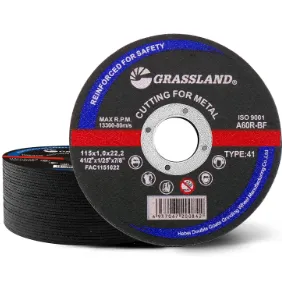
(stainless steel polishing wheel for grinder)
FAQS on stainless steel polishing wheel for grinder
Q: What's the difference between a stainless steel polishing wheel and a cutting wheel for grinders?
A: Polishing wheels are designed for surface finishing with flexible materials like cotton or sisal, while cutting wheels are rigid abrasive discs for slicing through metal. Cutting wheels create precise cuts, whereas polishing wheels remove scratches and add shine. Always use the appropriate wheel type for your task.
Q: Can I use a standard grinder wheel on stainless steel?
A: No, standard wheels may contaminate stainless steel and cause rust spots. Use wheels specifically labeled for stainless steel, typically made with aluminum oxide or ceramic abrasives. These prevent iron particle transfer that compromises corrosion resistance.
Q: How do I install a stainless steel polishing wheel on my grinder?
A: First disconnect the grinder from power. Align the wheel's center hole with the grinder arbor, secure it using the manufacturer's flange and nut. Tighten with the included wrench while holding the wheel stationary.
Q: What safety precautions apply when using stainless steel grinder wheels?
A: Always wear ANSI-approved eye protection and gloves. Ensure the wheel RPM rating matches your grinder's speed. Inspect wheels for cracks before use and never exceed the recommended pressure during operation.
Q: How often should I replace my grinder's stainless steel polishing wheel?
A: Replace when the wheel shows significant wear, uneven surfaces, or reduced performance. Contaminated wheels (with embedded metal particles) should be replaced immediately. Regular cleaning after use extends wheel lifespan.
Post time:May - 26 - 2025







